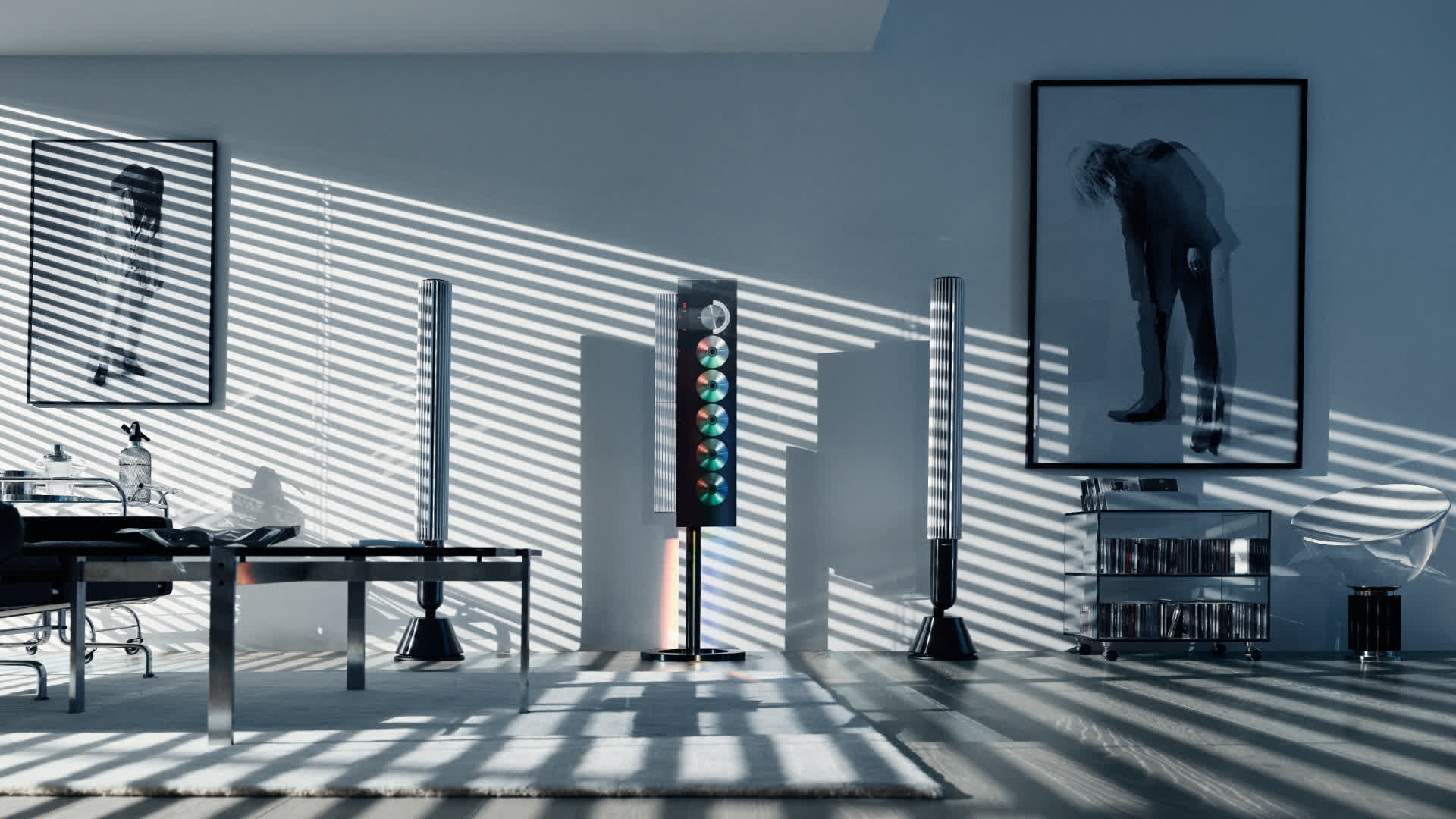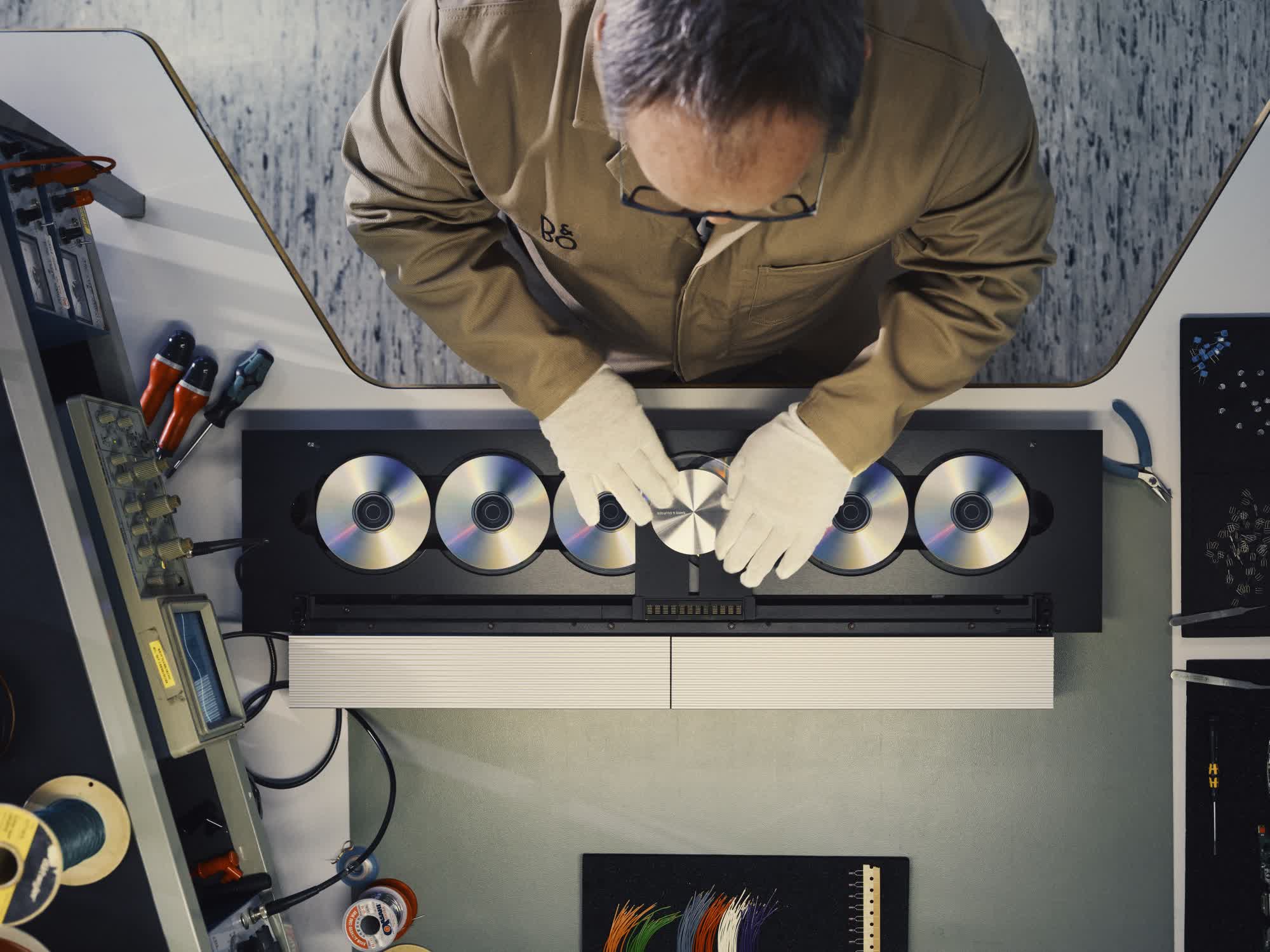Why it matters: After two decades of decline, compact disc sales saw a surprising uptick last year, prompting cautious optimism about the revival of this once-beloved format. However, one audio hardware manufacturer is already seizing the moment with a bold initiative.

Bang & Olufsen has announced the revival of a classic directly from the 90s. The new Beosystem 9000c music system features a fully restored and reimagined Beosound 9000 CD player that is paired with the company's modern Beolab 28 speakers for a "powerful listening experience." The speakers alone sell for more than $20,000 for the pair.
Mads Kogsgaard Hansen, head of product circularity & portfolio planning at Bang & Olufsen, said that more than showcasing their commitment to product longevity, they wanted to celebrate the revival of physical media that has taken place in recent years.
"Vinyls and CDs have returned to being something special, where people invest time and energy to connect with the music and artists they love," Hansen added.
With the Beosound 9000, disc art is front and center as all six CDs are visible under the glass lid, rather than being hidden away inside the machine.
This isn't the first time Bang & Olufsen has brought back a classic from its hardware catalog. In 2020, the company found 95 examples of its Beogram 4000 series turntable and "brought them back home" to Denmark for restoration. Each unit was fully disassembled, inspected, cleaned, and repaired where needed.

For its latest run, Bang & Olufsen secured 200 Beosound 9000 CD players and brought them back to the facility where they were manufactured in 1996. The six-disc CD changers with built-in AM/FM radio were fully disassembled and worked on by a team of skilled technicians – some of which helped build the Beosound 9000s all those years ago. Each was individually tested and fine-tuned to meet the company's exacting specifications.
The system also comes with a Beoremote One for control, although users can optionally control the player through the Beolab 28 speakers as well as via their smartphone.
The Bang & Olufsen Beosystem 9000c is being showcased at select company stores worldwide. Pricing is set at 50,000 euro ($53,553.30) and remember, the production run was limited to 200 units.
Bang & Olufsen brings back iconic 6-disc CD changer from the 90s